Liverpool City Profile
Academic paper published in international journal ‘Cities’. We argue that Liverpool is an ‘urban archive’ that many global cities can learn from, thanks to its extreme experiences of growth, decline and recovery. The highly varied civic responses to these challenges can be seen in its planning, architecture, culture and governance.
Liverpool’s exponential commercial expansion was akin to today’s booming Chinese cities. Its post-industrial crisis prefigured those of Eastern Europe and the US ‘Rustbelt’. Subsequent urban regeneration has been hard-won, but appears increasingly resilient.
A full draft of the paper can be accessed as a PDF here:
Liverpool City Profile, Cities, Volume 35, December 2013, Pages 299-318, Elsevier
Short summaries are being produced in various languages, below.
![]() 利物浦市简介 (Chinese Summary)
利物浦市简介 (Chinese Summary)
![]() Um Perfil da Cidade de Liverpool (Portuguese Summary)
Um Perfil da Cidade de Liverpool (Portuguese Summary) ![]()
![]() Polski Artykuł Profil Miasta Liverpool (Polish Summary)
Polski Artykuł Profil Miasta Liverpool (Polish Summary)
![]() Profil en Francais de la ville de Liverpool (French Summary)
Profil en Francais de la ville de Liverpool (French Summary)
![]() Resumen Español Perfil de la Ciudad de Liverpool (Spanish Summary)
Resumen Español Perfil de la Ciudad de Liverpool (Spanish Summary)
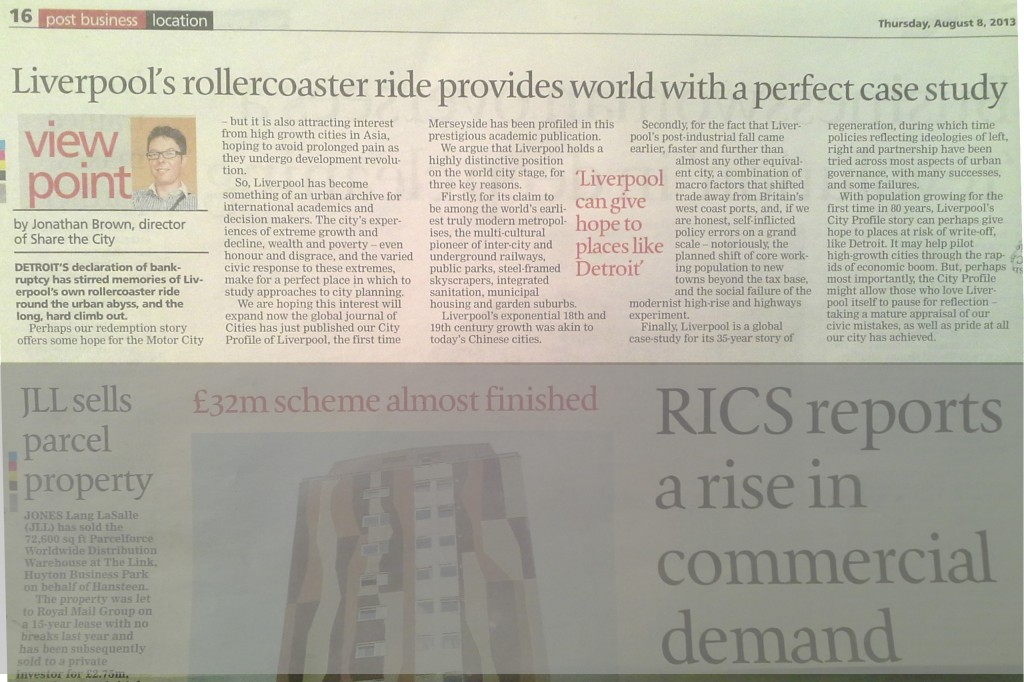
Article on the Liverpool city Profile by Jonathan Brown, Director of Share the City, published August 8th 2013 (click to enlarge)
Liverpool City Profile
Liverpool holds a highly distinctive position on the world city stage, for three key reasons:
Firstly, for its claim to be among the world’s first truly modern metropoles, a ‘many-languaged’, multi-cultural pioneer of global trade. Liverpool was the inventor or early adopter of inter city and underground railways, public parks, steel-framed skyscrapers, public housing, mechanised docks, organised labour, municipal airport terminals, civic universities and integrated sanitation.
Secondly, for the fact that Liverpool’s post-industrial fall came earlier, further and faster than almost any other equivalent city, leaving its population, politics, environment and economy in crisis during the final quarter of the 20th century.
Finally, Liverpool offers a global case study for its 40 year story of regeneration, during which policies reflecting ideologies of left, right and partnership have been applied across most aspects of urban governance, with immense success and innovation, tempered by some instructive failures.
Liverpool as Urban Archive: Delegations from universities and city halls across the world are now studying and touring Liverpool to learn from this exceptional urban archive and laboratory. We hope Liverpool’s City Profile will offer some hope to places at risk of write-off, like Detroit, and also help those who pilot high-growth cities through the rapids of economic boom. Most importantly, to those of us who love the city, we hope our work will allow reflection for honest appraisal of mistakes and achievements, so Liverpool’s renaissance can be shared by all.
Please do share and comment. Share the City provide high quality Liverpool City tours and lectures to visiting groups and individuals interested in learning more about urban development, and planning.

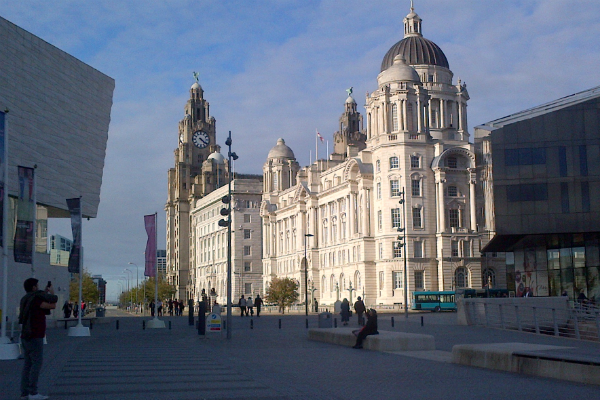
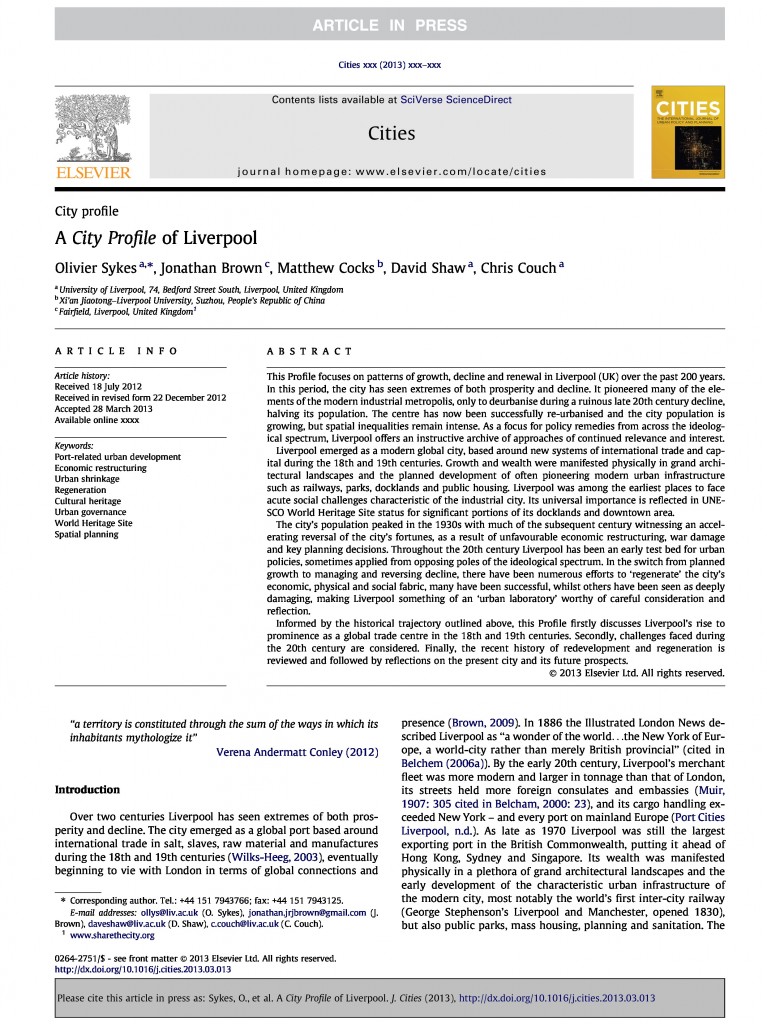
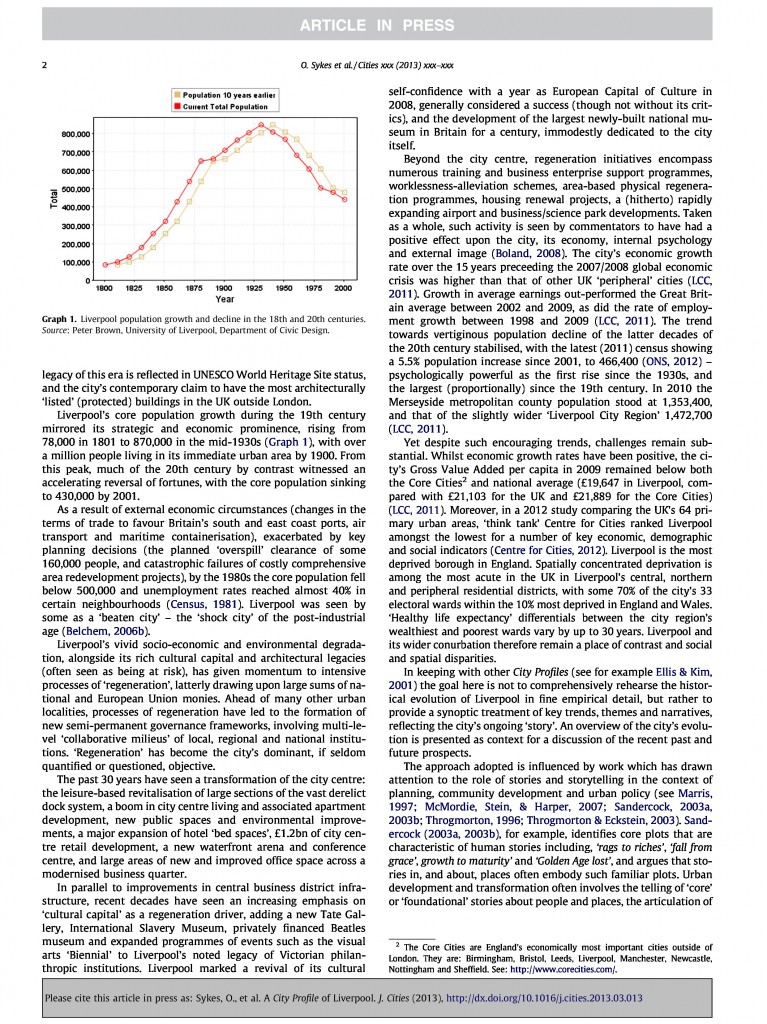
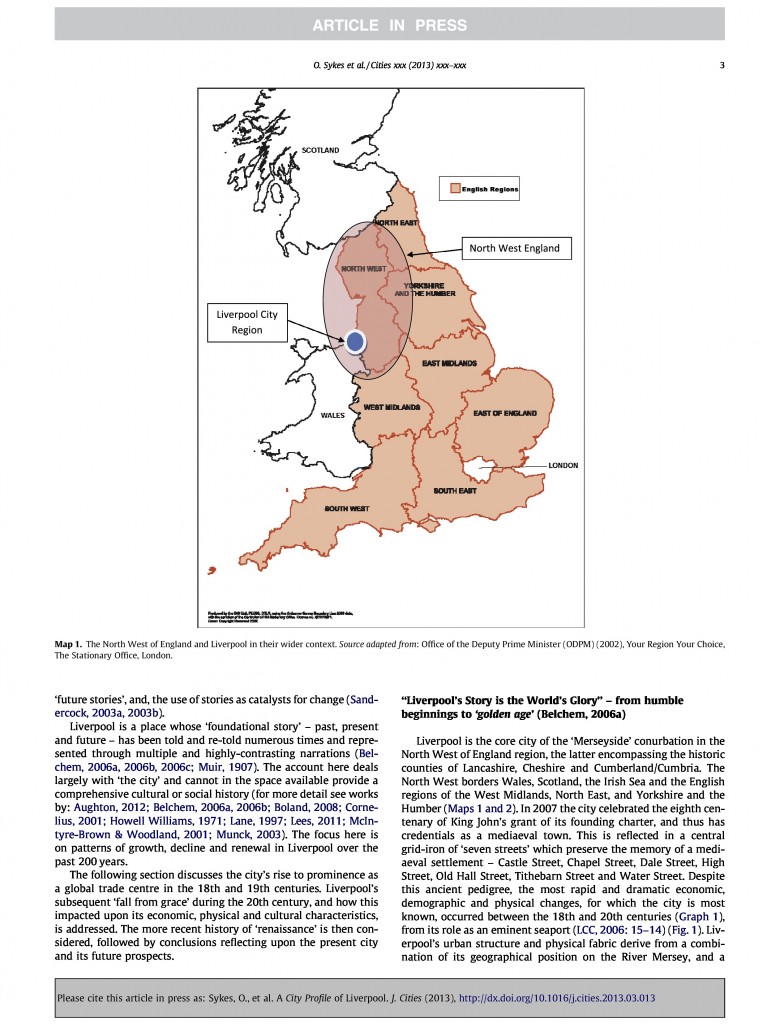
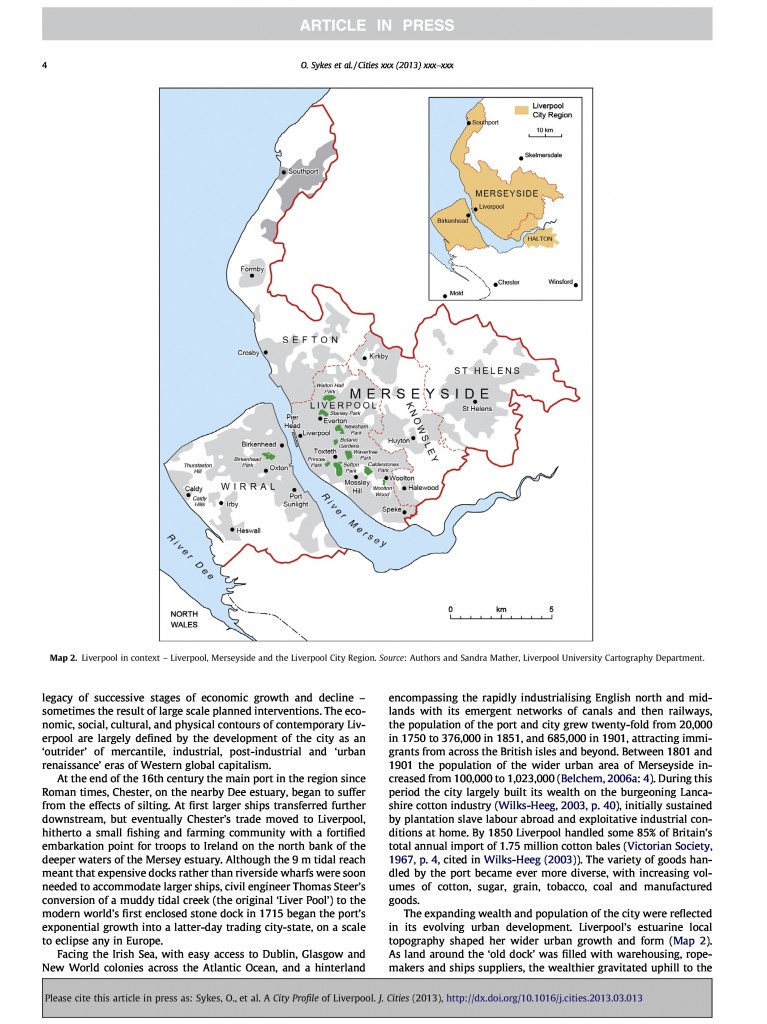
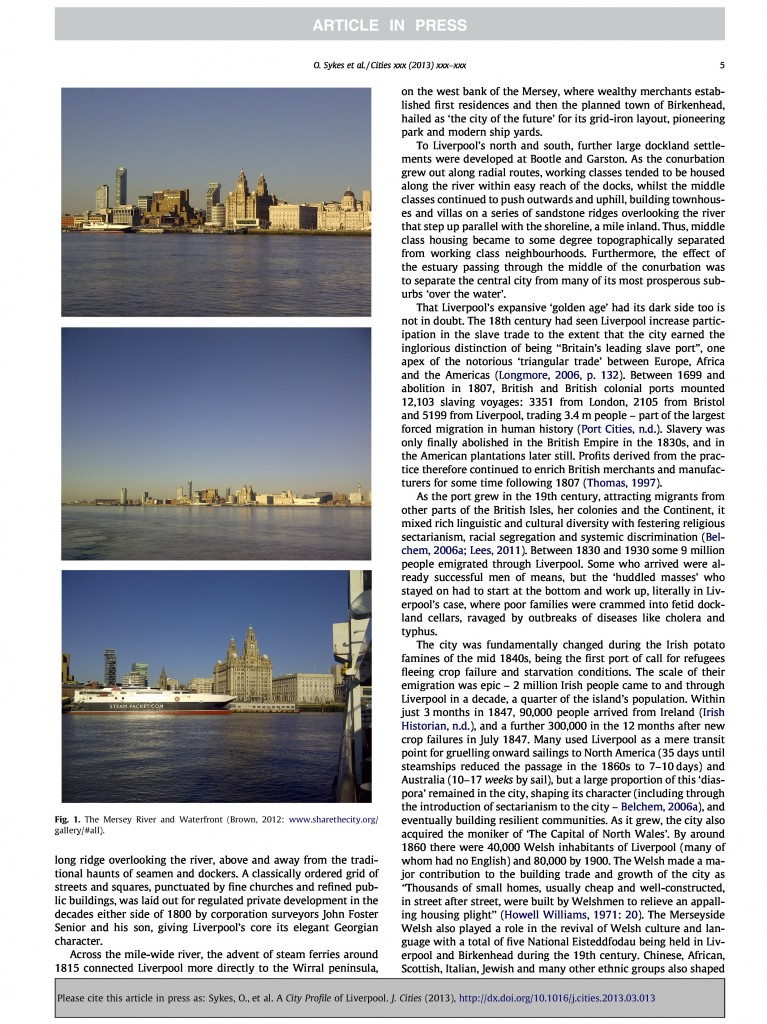
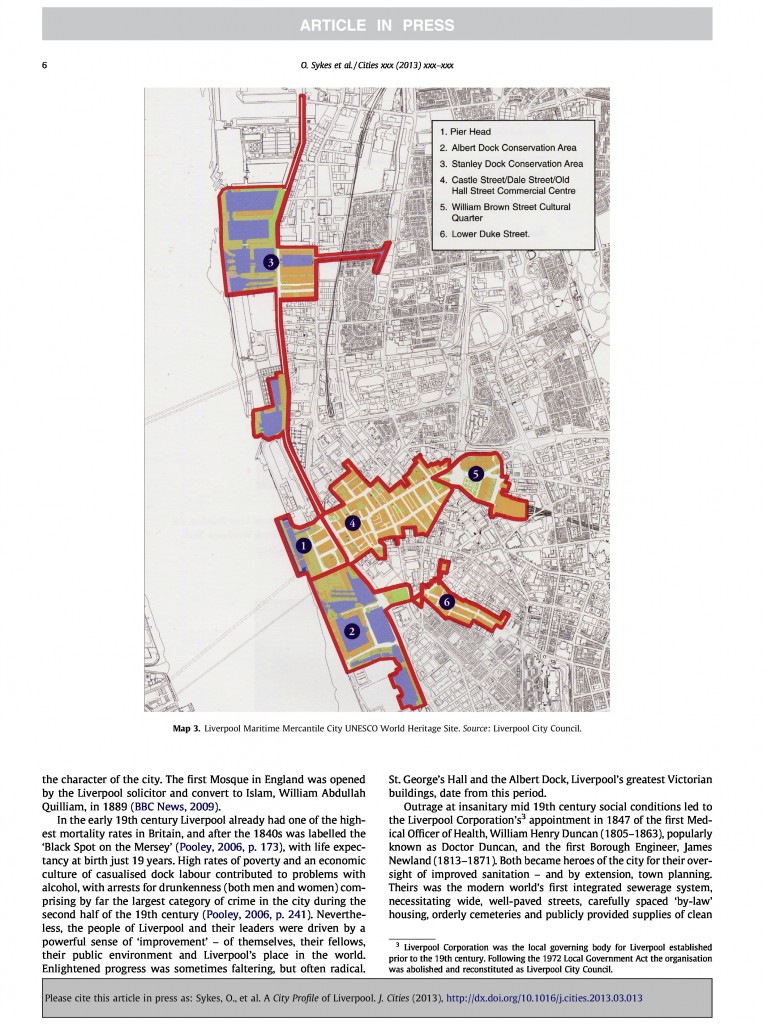
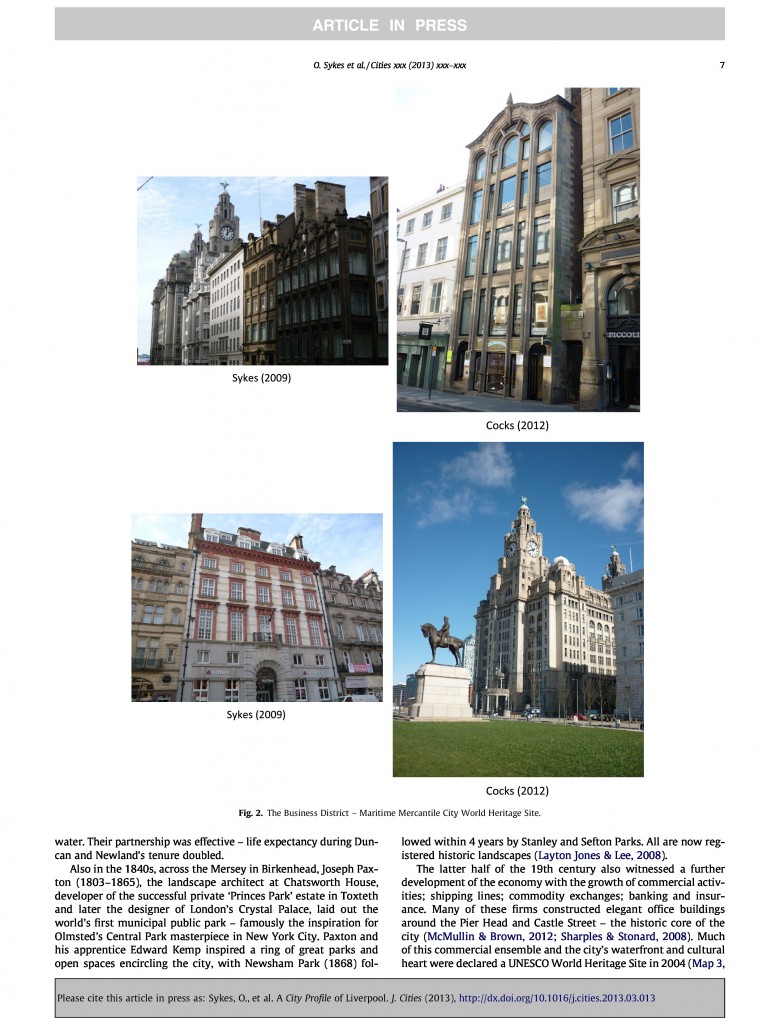
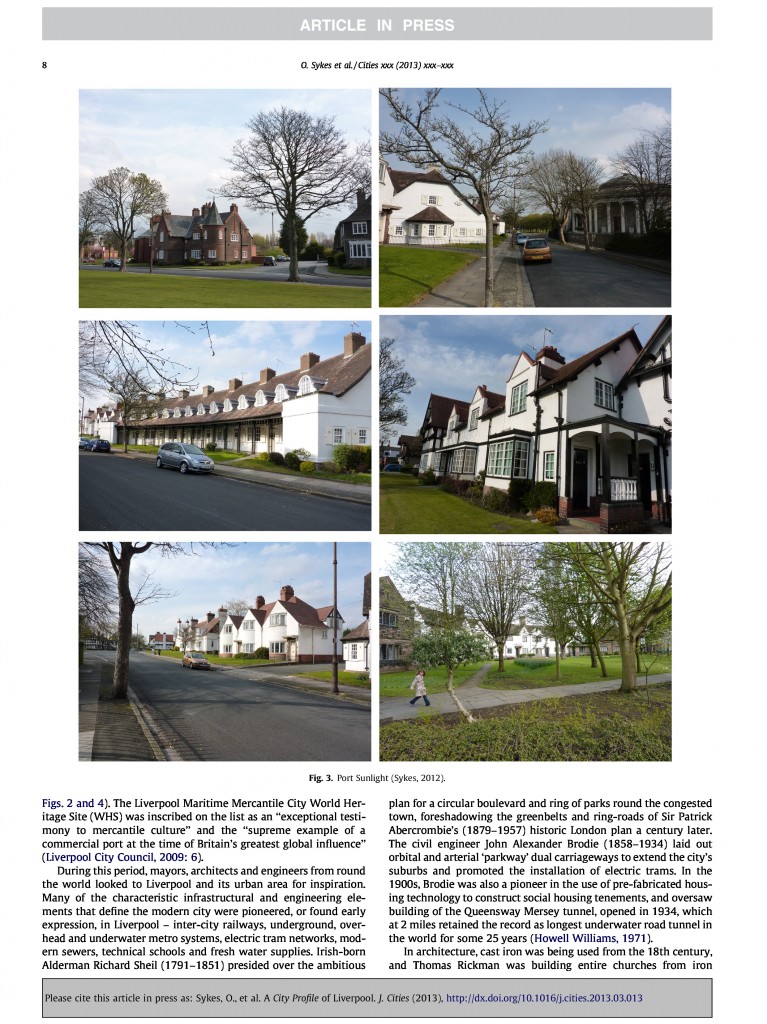
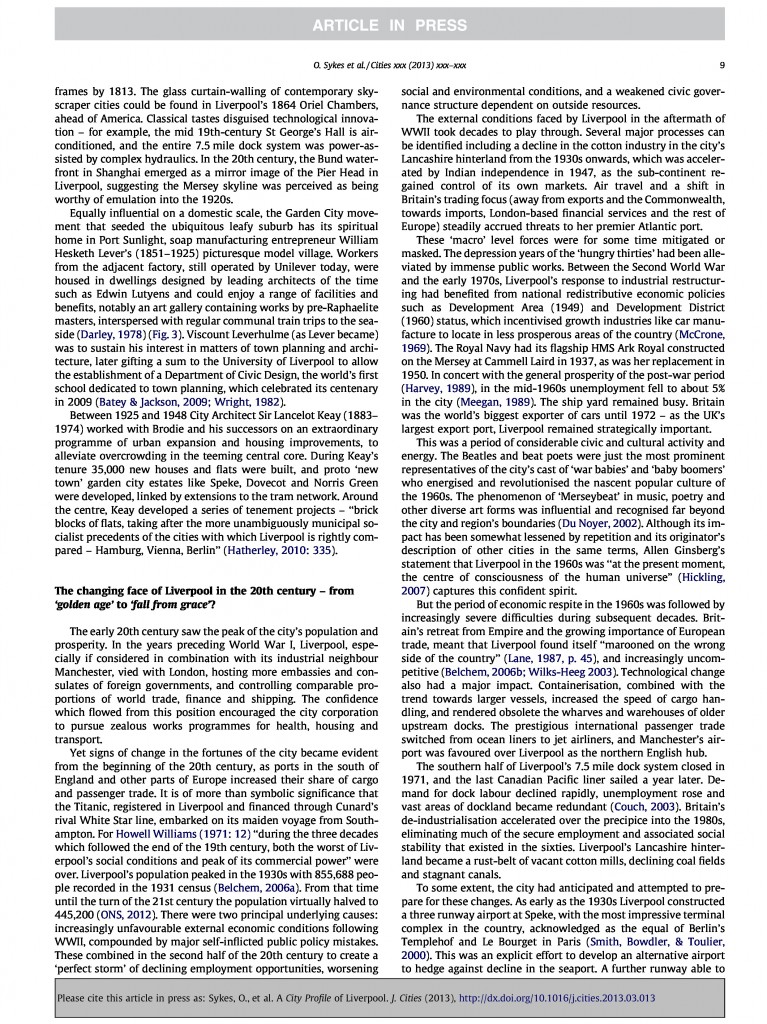
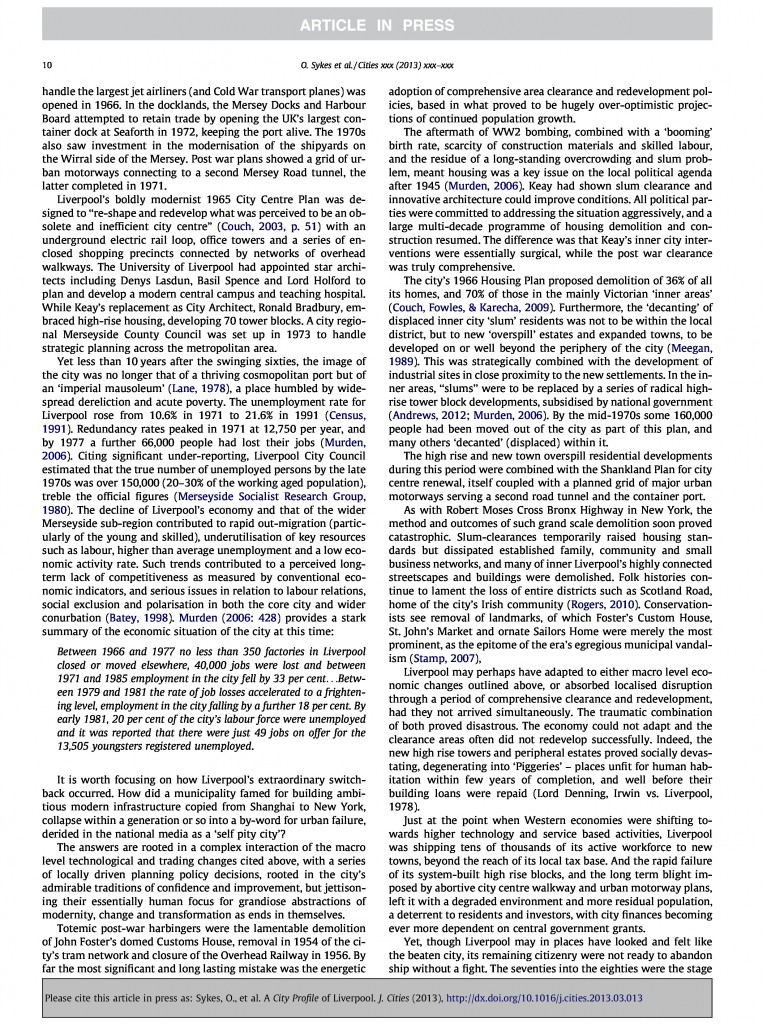
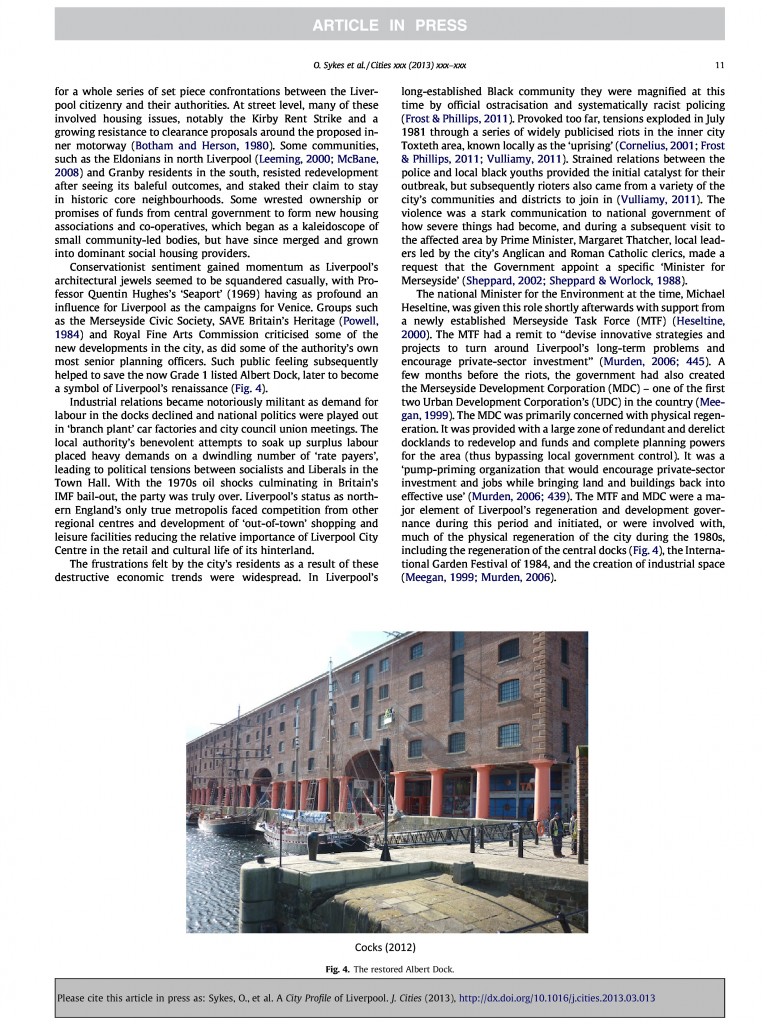
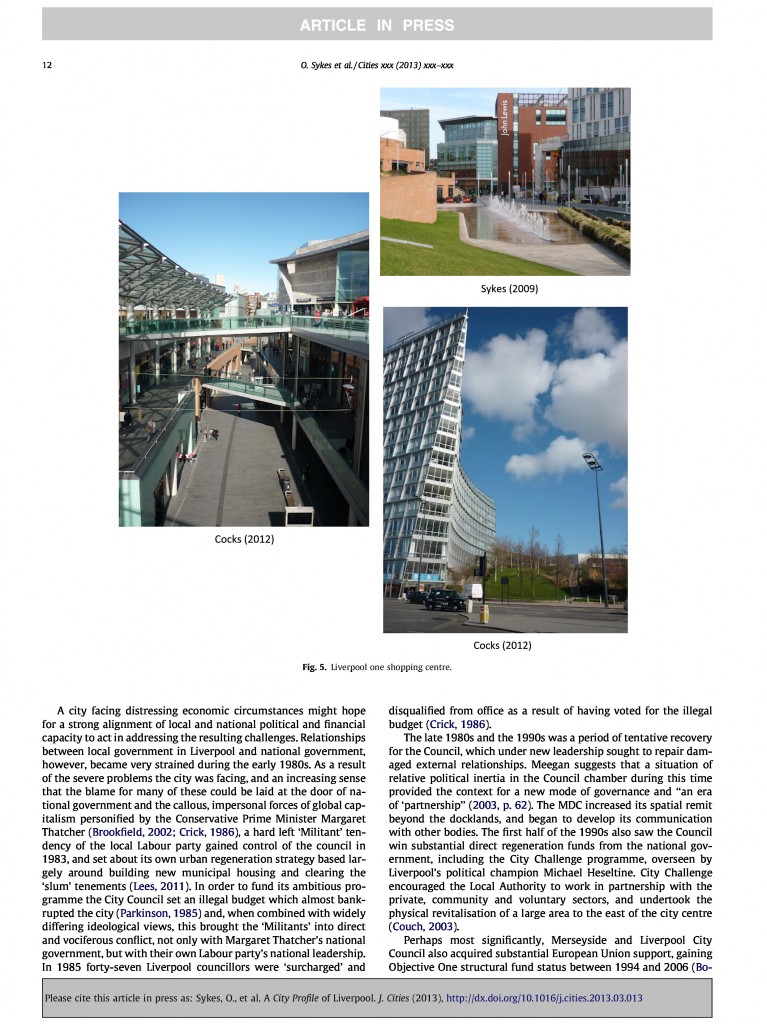
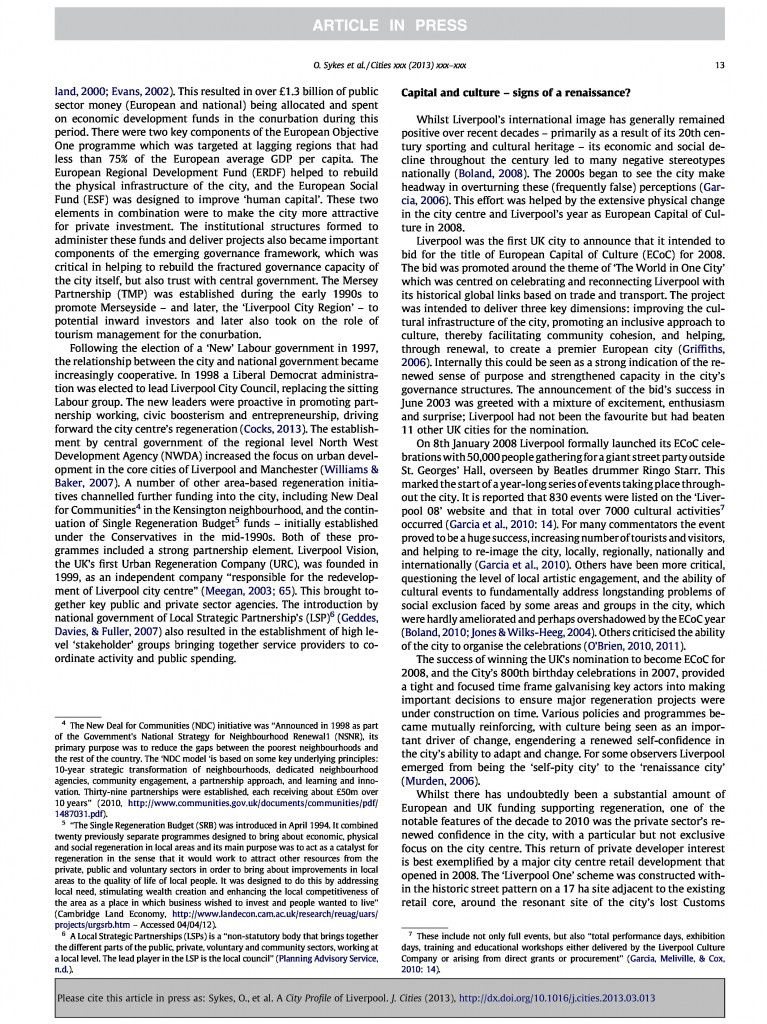
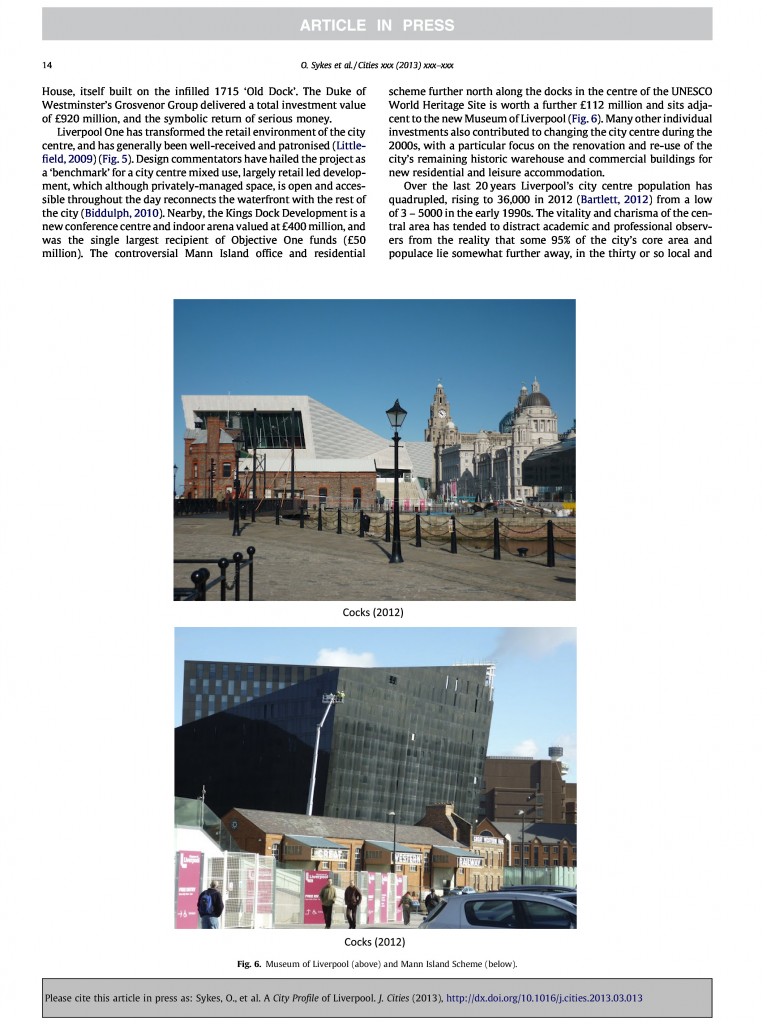
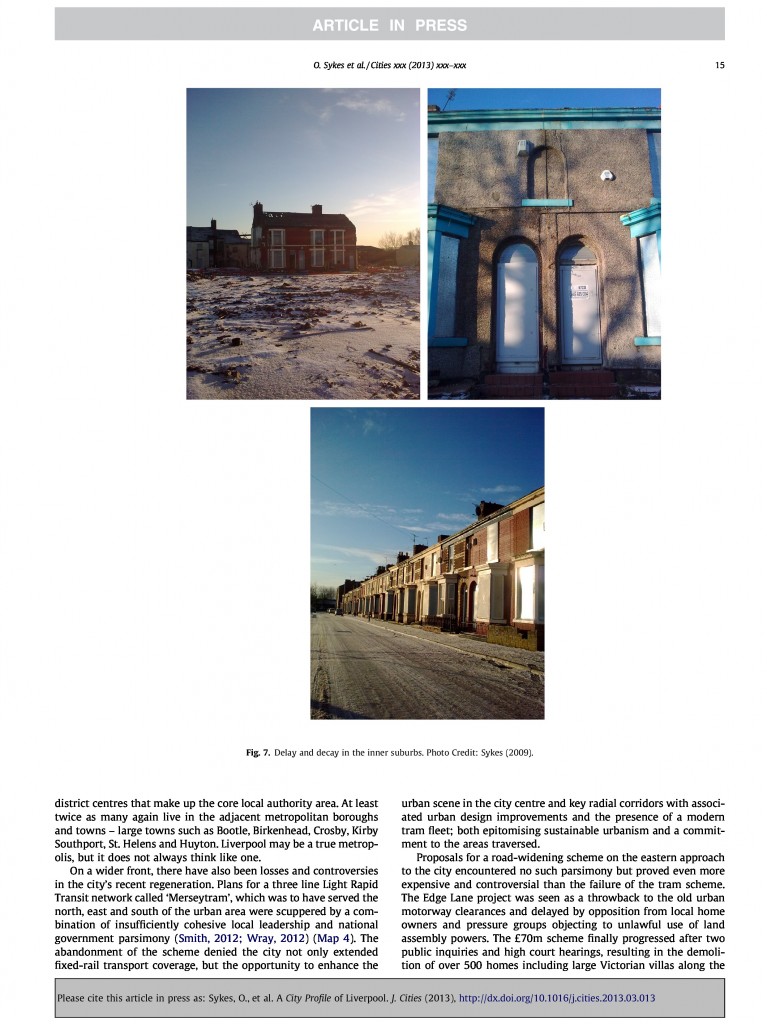

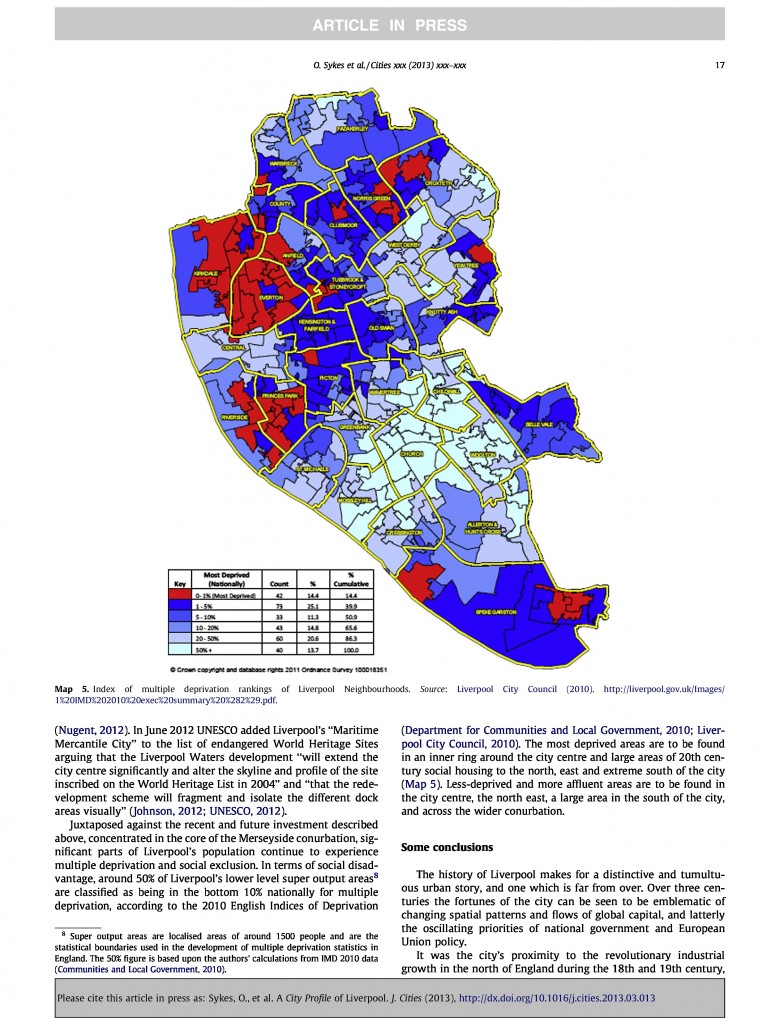
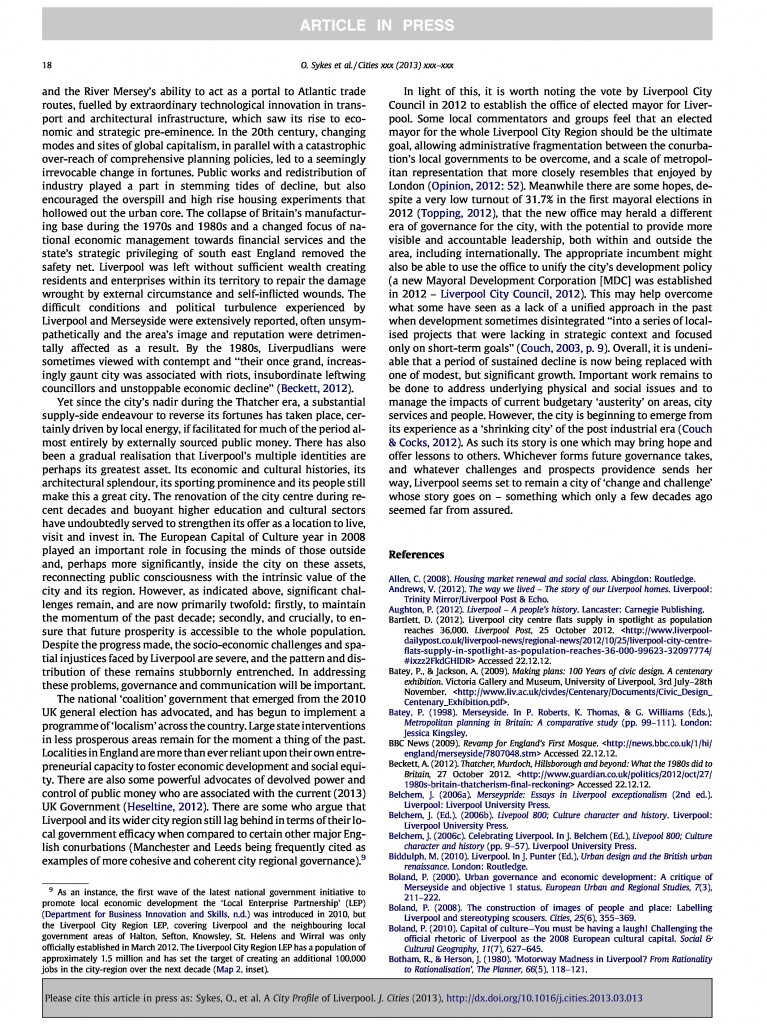
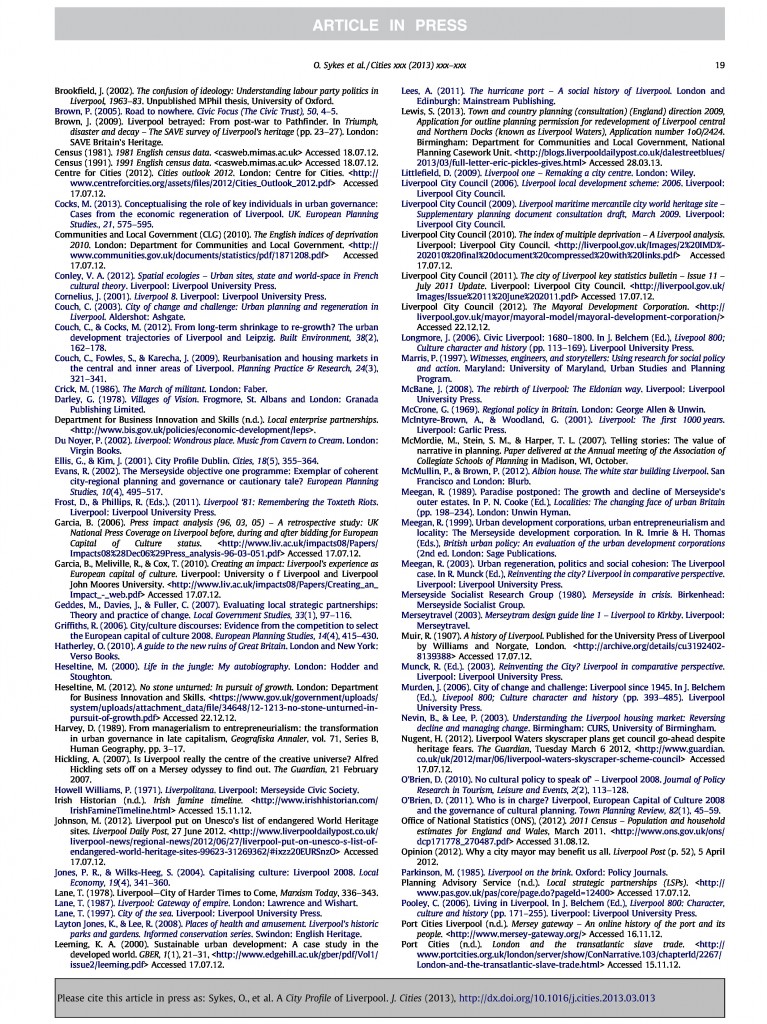
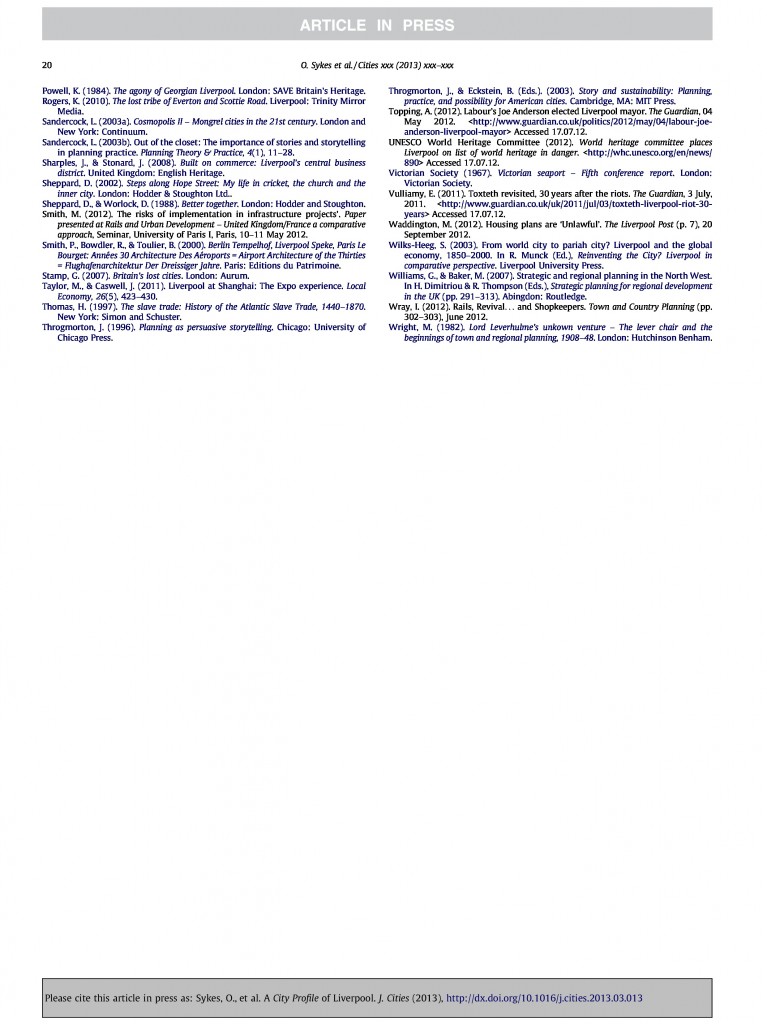
Peter Elson November 16, 2016
As Liverpool continues piece meal regeneration and now cites only commercial criteria as being important, it is crucial to have the city’s history and background succinctly summarised as shown here.
Liverpool’s past mistakes and successes are made clear for other cities to look at and learn from!
On a day when the D. Torygraph headlines Liverpool (and other northern cities) as little more than film sets fit for depicting post-war ruin, it was heartening to read J. Brown et al’s engaging profile of the growth, decline and current resurgence of this special place.
A very interesting read and my initial thought is how it highlights how we must learn from past errors whilst focusing on that unique ‘Liverpoolness’.
Growth in population is going to be a key factor, and a great test for Liverpool is how we share future prosperity and social inclusion across the city as a whole.